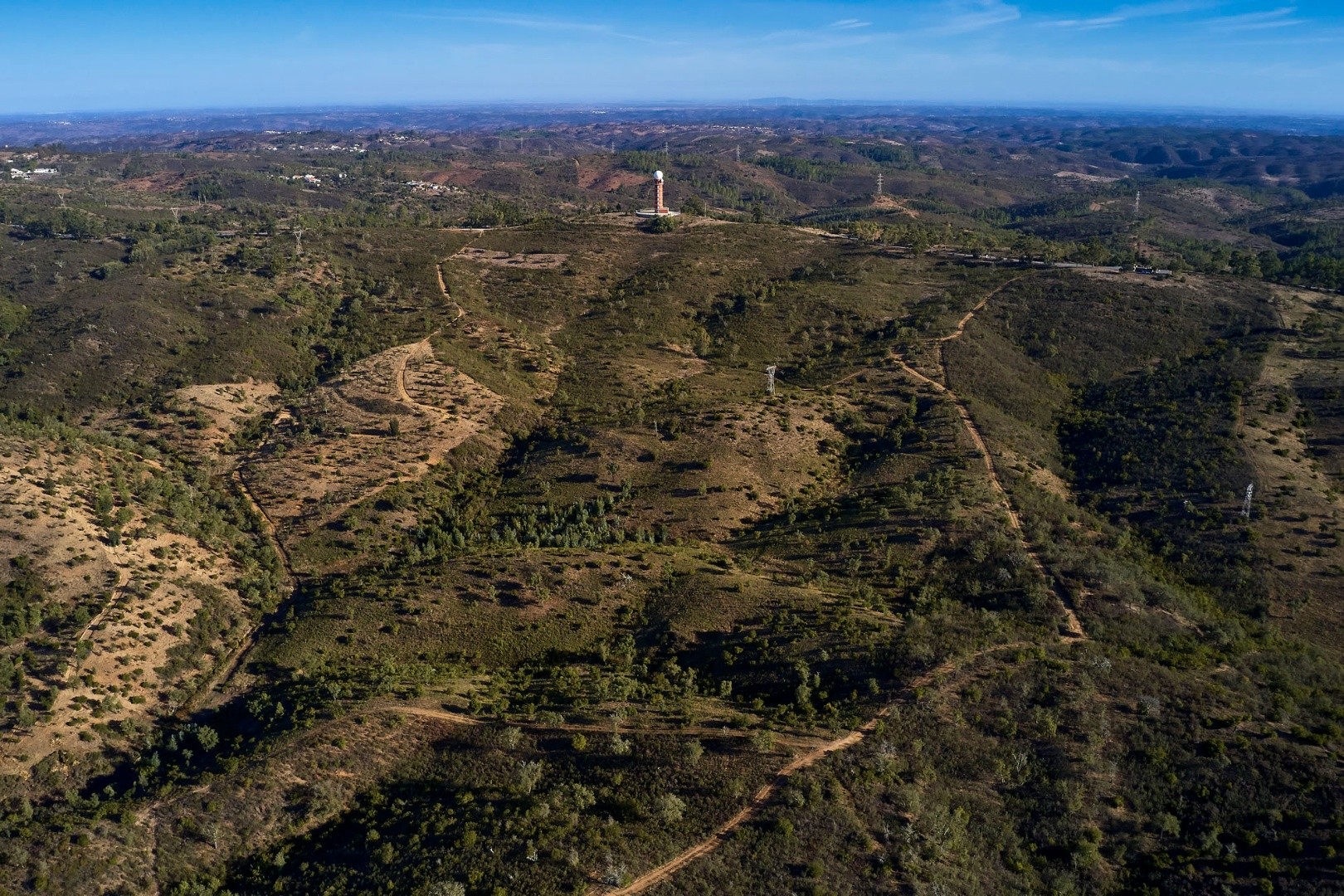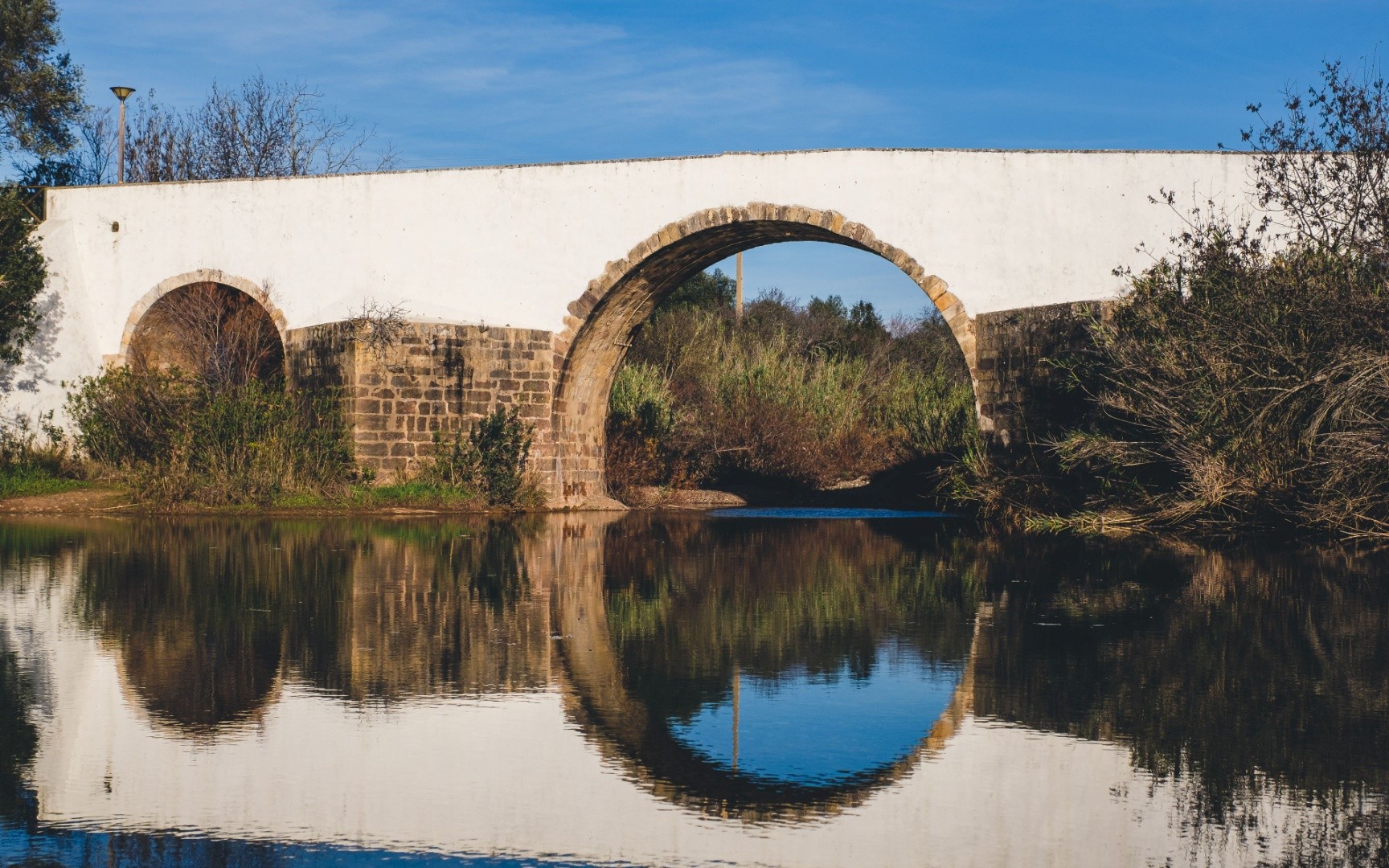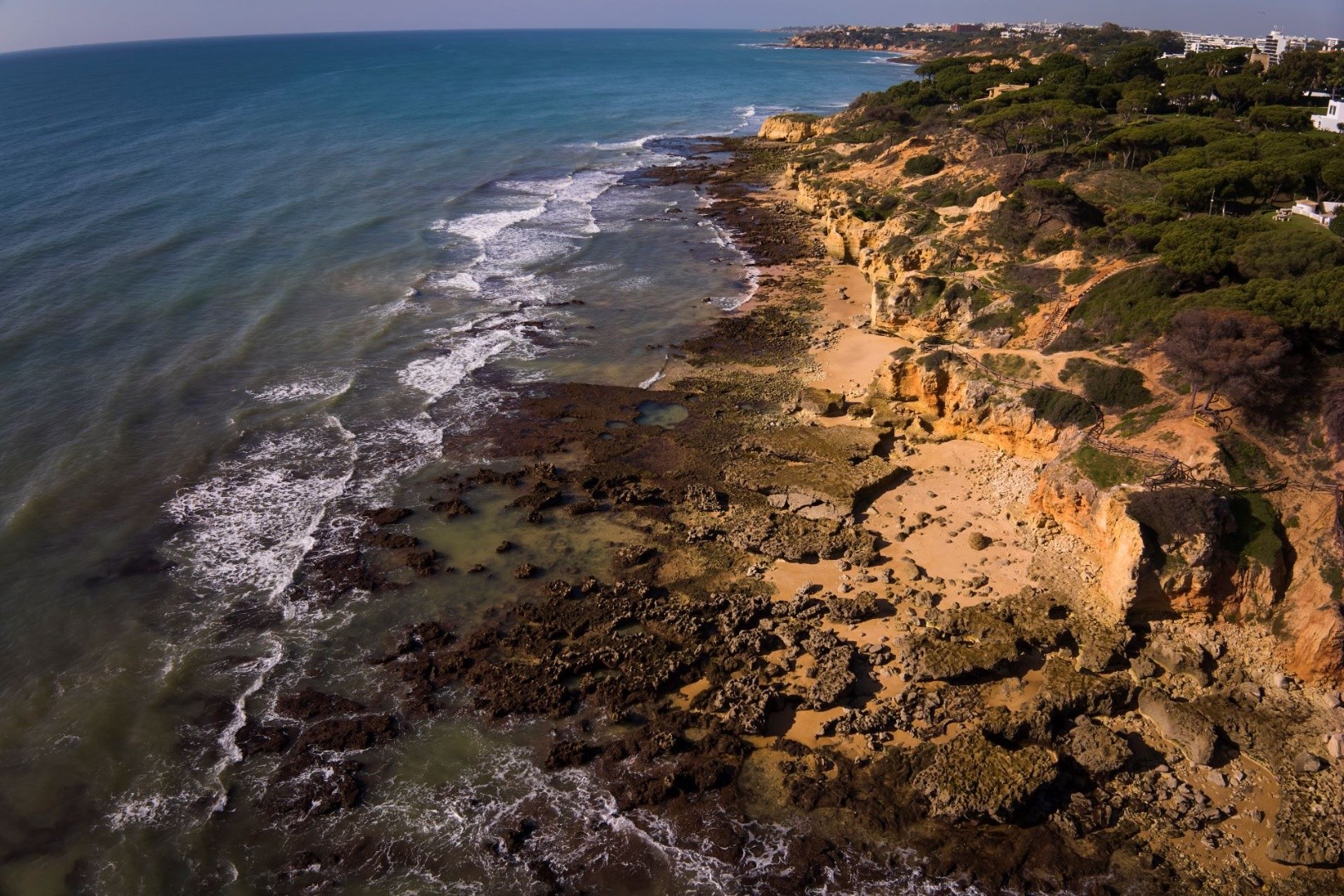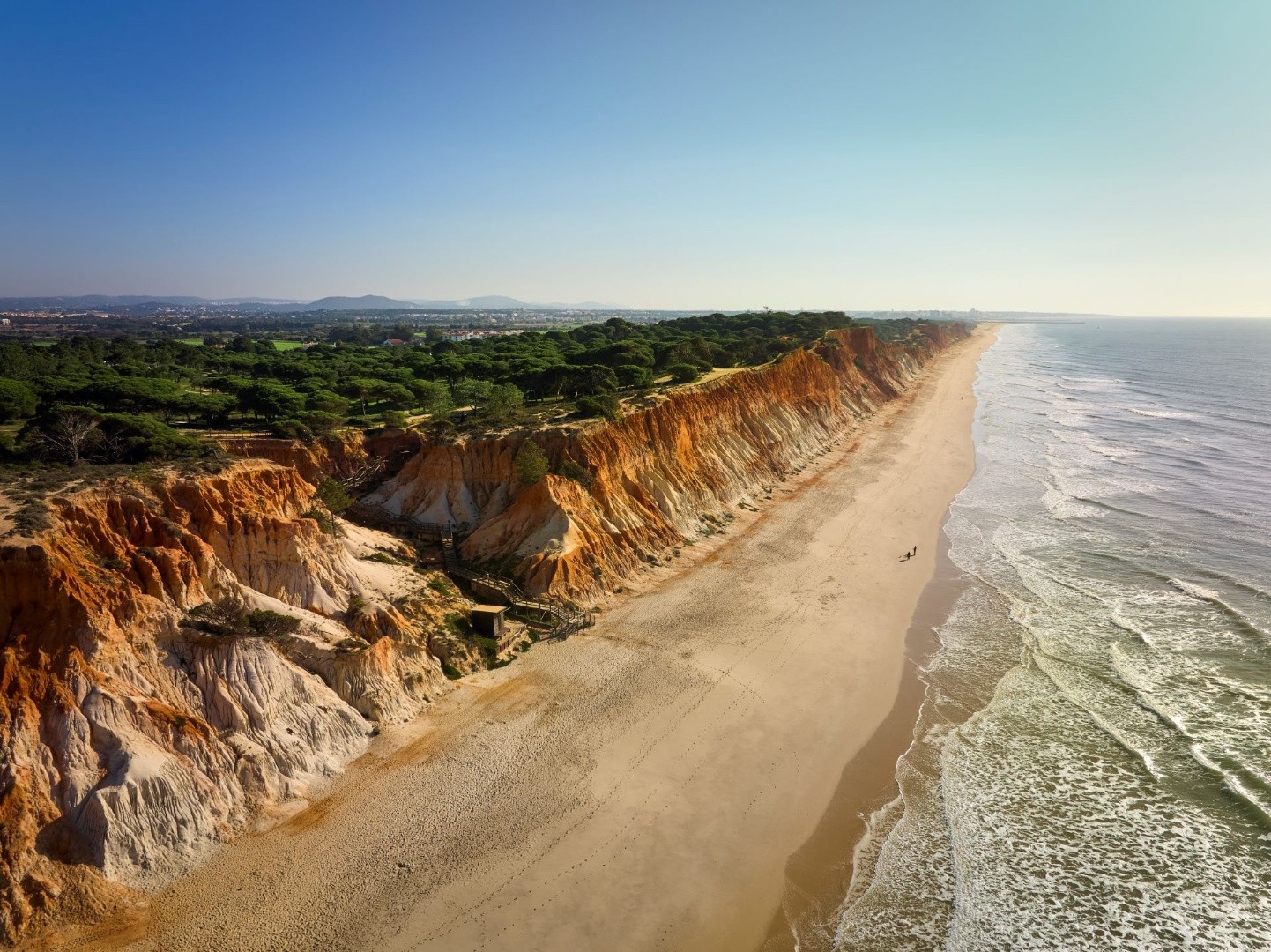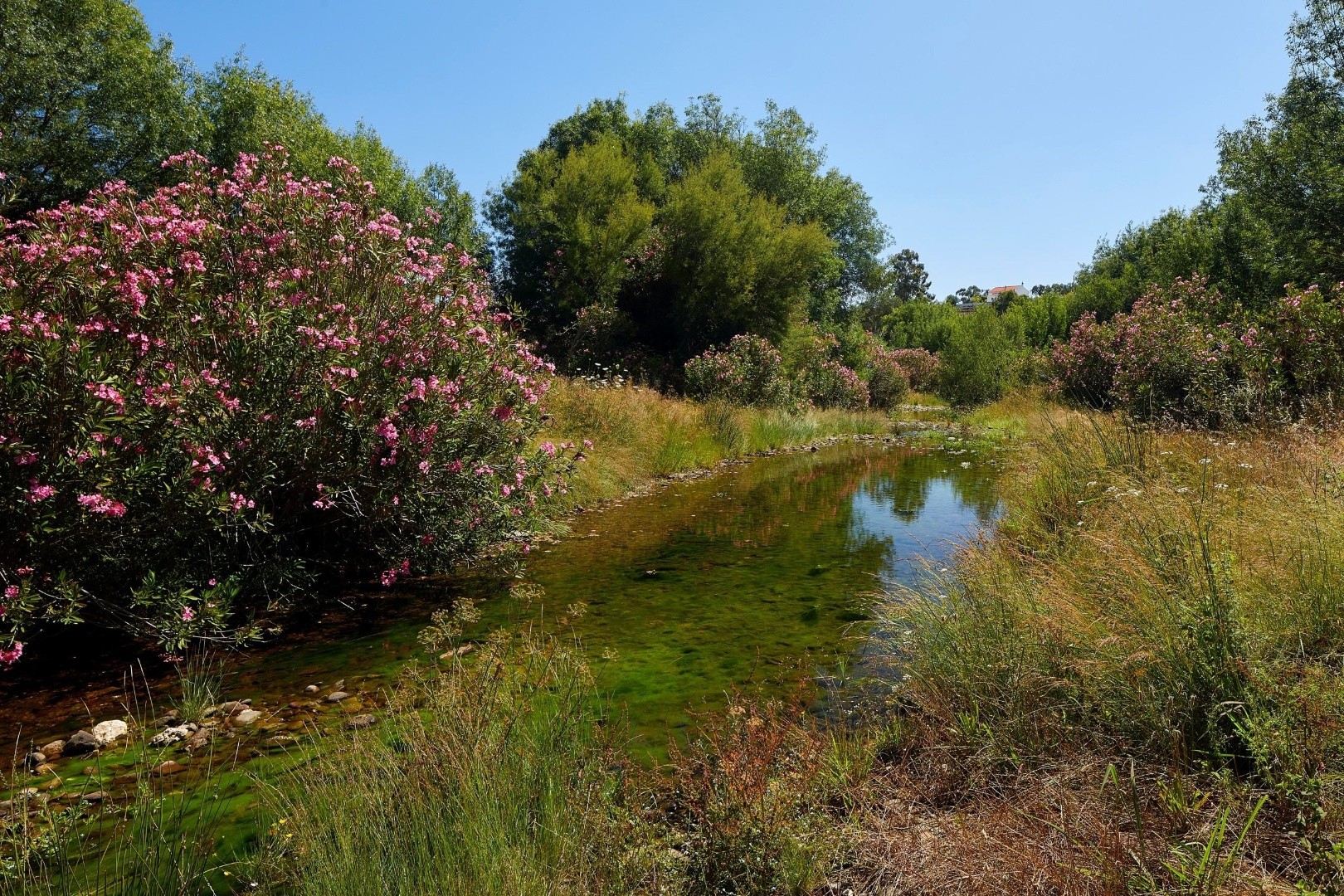Karst
The Serra da Picavessa is one of the most prominent features of the Barrocal Algarvio. It stands out from the surrounding landscape due to its resistance to erosion. This resilience is primarily due to its composition, which consists largely of hard layers of dolomites and dolomitic limestones that originated from an ancient tropical sea, forming part of the Picavessa Formation, dated to the Lower Jurassic period (201 to 175 million years ago). In contrast, the neighbouring lands are made up of less resistant rocks, such as marls, limestones, and claystones.
The Serra da Picavessa also serves as a remarkable example of a karst landscape, featuring various characteristic formations, including lapias (including megalapias), dolines, poljes, and sinkholes. These structures have developed over time as a result of the dissolution of carbonate rocks by water. The process of karstification is aided by the presence of multiple planes of discontinuity, such as joints and faults in the rocks, which influence the orientation and formation of large depressions, primarily in the East-West or Northwest-Southeast directions. The intense fracturing, karstification, and resultant porosity of the dolomites convert these underground rocks into the main reservoir of groundwater in the Algarve, known as the Querença-Silves Aquifer, which is essential for replenishing this water source.
Locations such as Nave do Barão, Nave dos Cordeiros, and Fonte Benémola are key points of geological interest, showcasing the natural wealth of the mountain. Notably, at the Cerro da Picavessa, an outcrop of limestone breccia can be found, containing fragments of various types of limestones, including oolitic, pisolitic, and dolomitic varieties. This outcrop reveals the geological complexity of the area. An example of this limestone breccia is the Breccia of Monte Boi, located near São Bartolomeu de Messines, which can also be seen in the pulpit of the church of São Bartolomeu de Messines.
Locality:




